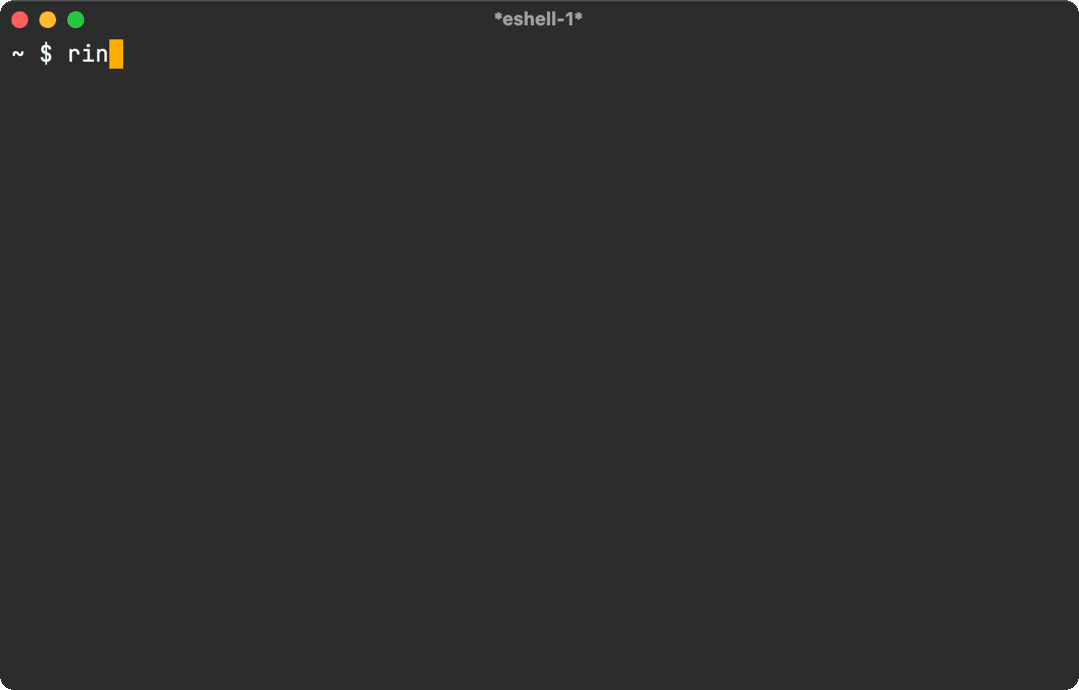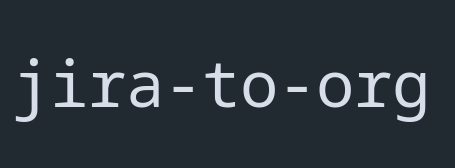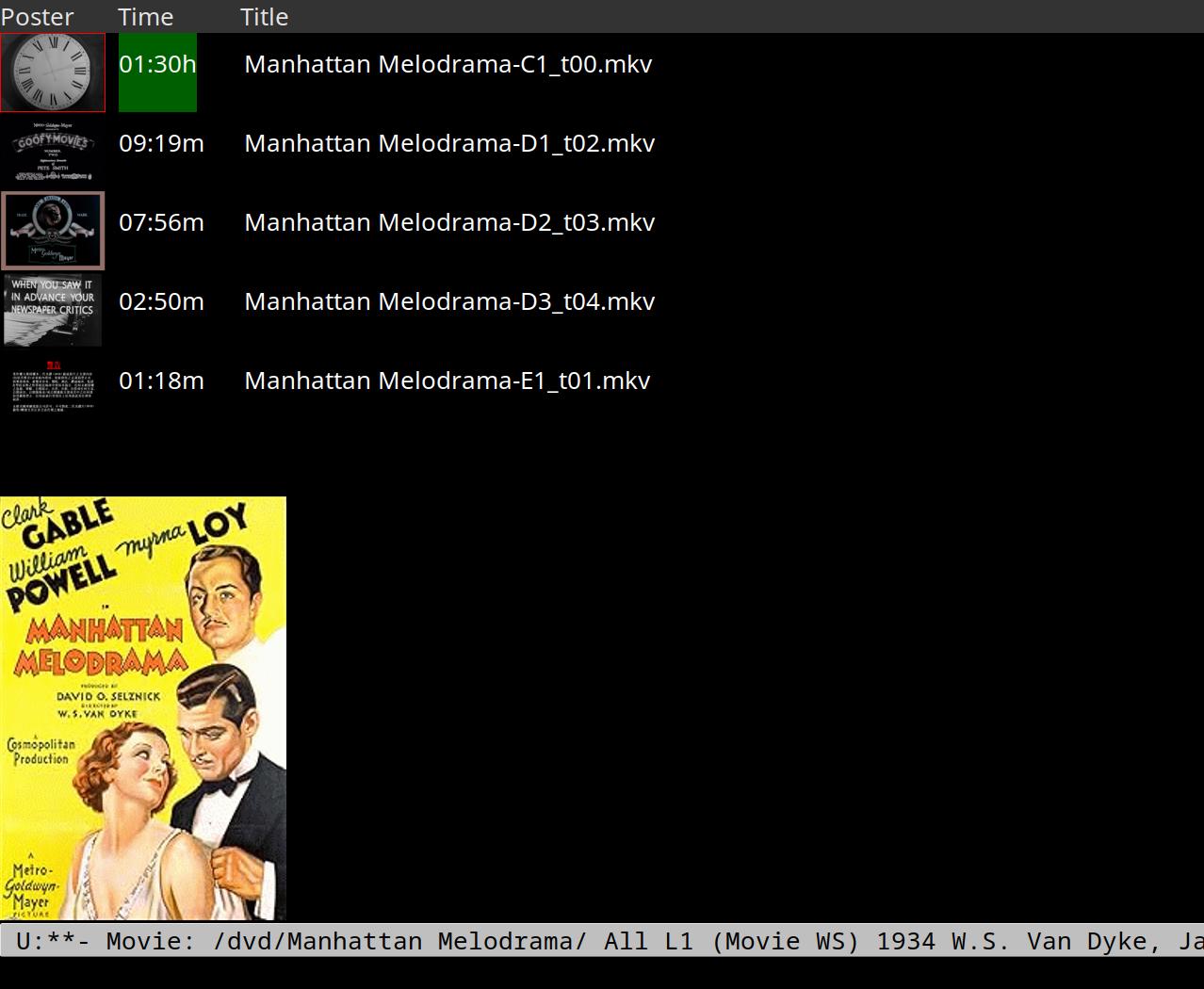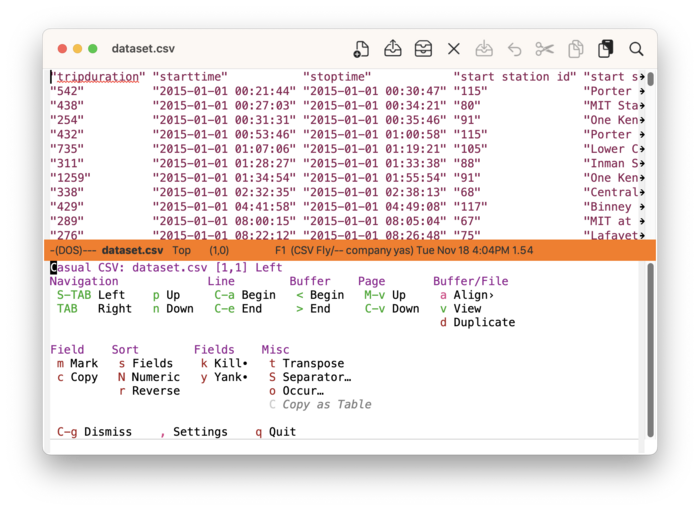Joar von Arndt: Productive Note-taking
Introduction
After initially starting to use Emacs back in high school merely for programming, I naturally began to use it for other tasks such as document preparation and note-taking. This introduced me to the surprisingly large overlap between Emacs users and people generally interested in “productivity” workflows.
This is not all that surprising however. It is partly due to how good Emacs’ ecosystem has become for these specific types of tasks (things like Agenda, org-roam, denote, and howm — even org-mode itself — were all created for these uses) but on a more fundamental level Emacs allows you to work with any form of text not just efficiently, but also in a way that is entirely customised to your own preferences and comforts.
As I became more proficient in Emacs and read more perspectives on how other people organised their notes, I tried to evaluate my views on note-taking that I had held before. You may have an idea of what it means to be productive, but this post is instead about another form of productivity, one that does not have to rely on the powers of GNU Emacs, but instead of the agent itself, the author.
Productivity qua measurement is the amount of goods (or products) that are produced per unit of time. For this reason it has become common for people to link improvements in productivity to the aspect of time specifically. But productivity is even more innately linked to the product itself, and it is this aspect that I would like to focus on here.
What I choose to call productive note-taking is fundamentally anchored in not the rate at which one produces notes, or even the quality of the notes, but instead in mental model that one uses when producing them. Advocates for Zettelkästen-based systems argue that notes should form a mental (or sometimes digitally represented) web of thoughts that links each “note” with its equals. What I propose here is instead a form of notes that are different in that they are meant to develop not some separate bank of data, but to develop the cognitive abilities of the author, while still creating a tangible work.
Revolutionary Notes
The word revolution, while evoking signs of violent rebellion, has its roots in the term for turning. It of course still means this (as in the phrase “revolutions per minute”, RPM) and it is in this sense that I mean revolutionary notes. I have used it in this sense before, and am quite fond of this mixture of images — of a dramatic change that returns to some earlier state, albeit with new experiences and ideas.
I have taken notes almost daily during my many years in the education system, but have undertaken a more critical view of my use of notes during the first half of this decade. Almost a year ago I published a piece of writing on my evolving experiments with a Zettelkasten system, implemented using org-roam. Writing that piece I subconsciously knew that as soon as it was published I would move away from the implementation I was writing about into a more holistic direction, although I was unsure of what shape that would take. After finishing a course in Contemporary Warfare I feel like I finally have what I can coherently describe as a solution — to the extent that it exists as a vestige of my mind.
Productive note-taking is productive in the ways that it emphasises and highlights the importance of the end product. It is note-taking for the aim of production of a given work, not for the aid of remembrance or recollection. While these latter elements may play a part in the production of the work, they are not in and of themselves goals.
When I was still studying mathematics, I noticed a sharp decrease in my understanding when I redoubled my efforts to produce more comprehensive notes to help me study. Where I had before been able to keep pace with the best of my peers, I had now fallen behind to the middle of the pack. This seemed paradoxical to me — how can studying harder result in a worse performance? The answer seems obvious now, I was prioritising the production of more and more notes over my understanding of the subject material. It is this sort of activity that productive note-taking seeks to avoid.
Implementation
How does one create notes as products? This is a difficult question to answer generally, and will depend on a variety of factors such as the subject material, learning method, audience, and personal preferences. What all techniques should share in common is a centrality in all activity being motivated by the creation of some final work.
The work that spawned the concrete formula of a productive workflow is my collection of notes on contemporary warfare. The exam for that course was structured as an essay about any one of a selection of broad topics, and in place of literature we were allowed 30 pages (15 sheets) of notes, written either by hand, printed, or a combination of the two, covering whatever information we wanted1.
This meant that my studies did not just consist of me reading Clausewitz all day trying to memorise every word or phrase — the goal was for me to get a good enough understanding of Clausewitz, Mahan, and many other thinkers so that I could condense their theories into this one document. Doing this required a complete understanding of the topics.
Proponents of Zettelkästen often emphasises the ability for their constructs to function as “second brains” — perfectly recording and remembering information that our feeble flesh brains so easily forgets. But as a philosopher2 my goal is not to create as much recorded information as possible, it is for me as an individual to understand and master the world around me. Having information written down is useless if I do not remember it, and if I remember it there is no point in writing it down.
Productive notes are then not principally meant for consumption, but instead their initial omission prompts their creation. The author is required to go out into the world and obtain the relevant knowledge to produce the work — either through reading the scraps of knowledge left behind by those who came before3, or through creating new knowledge by living as an agent in the world.
Performing this approach does not require any specific hardware or software since it emphasises the primacy of the authors mind over the — ironically — product. You can do this with a pen and paper, text files (written in whatever markup you want), a WYSIWYG editor like Microsoft’s Word or even using Zettelkasten. Writing short notes is also not “forbidden” as long as they are meant to help record the information required for implementing the final product.
There are no constraints on the shape of the end product either. It may
be in the form of a text document (written in whatever style you would
like), an email, an interpretive dance, or a physical structure. If
you want a more concrete example here are my notes on contemporary
warfare in PDF form4. They are written as a single .org-file with a
header for each lecture/topic, and with a few quotes from selected
other works.
JA Westenberg wrote about their experience with building a “second brain”, and the anxiety that comes with an ever growing amount of information that you have to work through and make use of in some way:
The more my system grew, the more I deferred the work of thought to some future self who would sort, tag, distill, and extract the gold.
That self never arrived.
The point of productive notes is to make this a unnecessary. I could
easily delete my whole ~/Documents/Notes directory today and continue
on with my life, without any feelings of remorse or anxiety, because
the truly important information is that which I already remember. If I
forget something I simply have to search for it again, and in the
process will likely discover new interesting things about the universe
through my lived experience.
If this approach seems like something trivial to you — great! You might already be doing what I have merely described. It is once again this that I mean by the revolutionary quality of this technique — it is a return to the original state and intention of note-taking.
If you disagree with me vehemently, have some constructive criticism, or have some examples of you doing this or anything similar, feel free to email me. ❦
Footnotes:
If this seems like a very large degree of freedom it is because the exam has been recently changed from a take-home essay where one has full access to both the relevant literature and the internet as a whole. The change was a natural consequence of LLM use (or at least perceived LLM use).
The word philosopher has its origins in the Greek words for “lover of wisdom” (philos — lover, sophos — wise).
This is what is properly called research, the searching not for new groundbreaking knowledge but “re-”treading the paths others have already walked.
Beware! They are (almost entirely) written in Swedish and also
have some wicked spelling mistakes that I did not manage to catch
prior to printing due to having some issues with hunspell on GNU Guix.
-1:-- Productive Note-taking (Post Joar von Arndt)--L0--C0--2025-12-07T23:00:00.000Z
 For
For 














